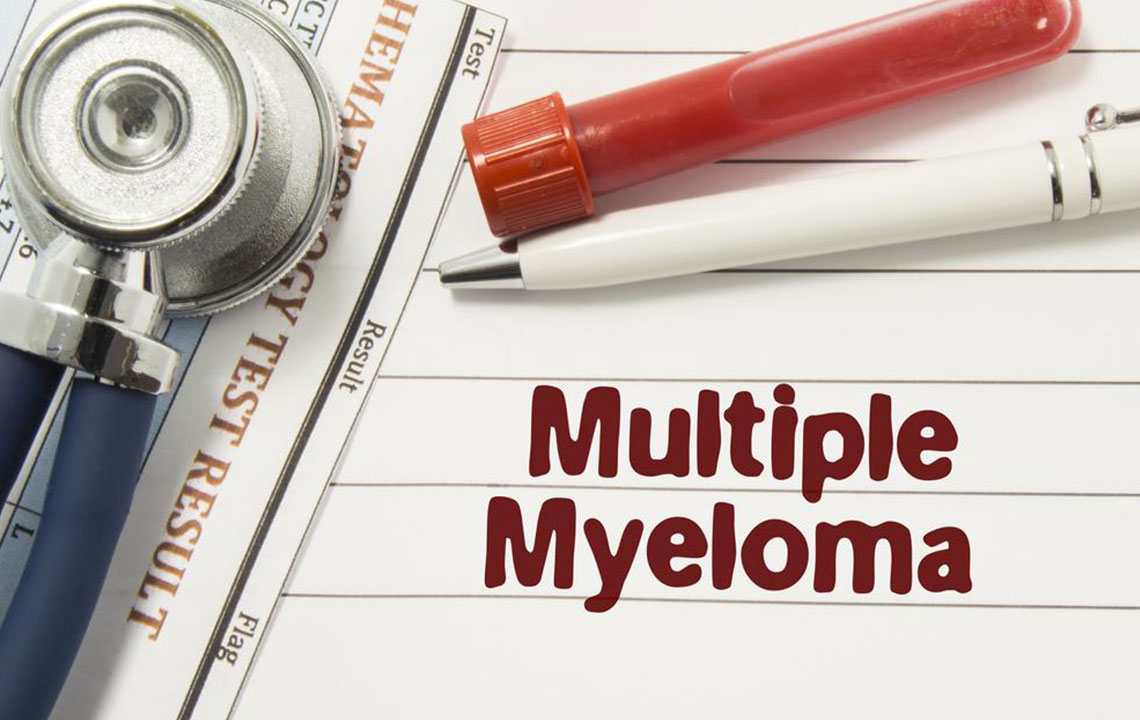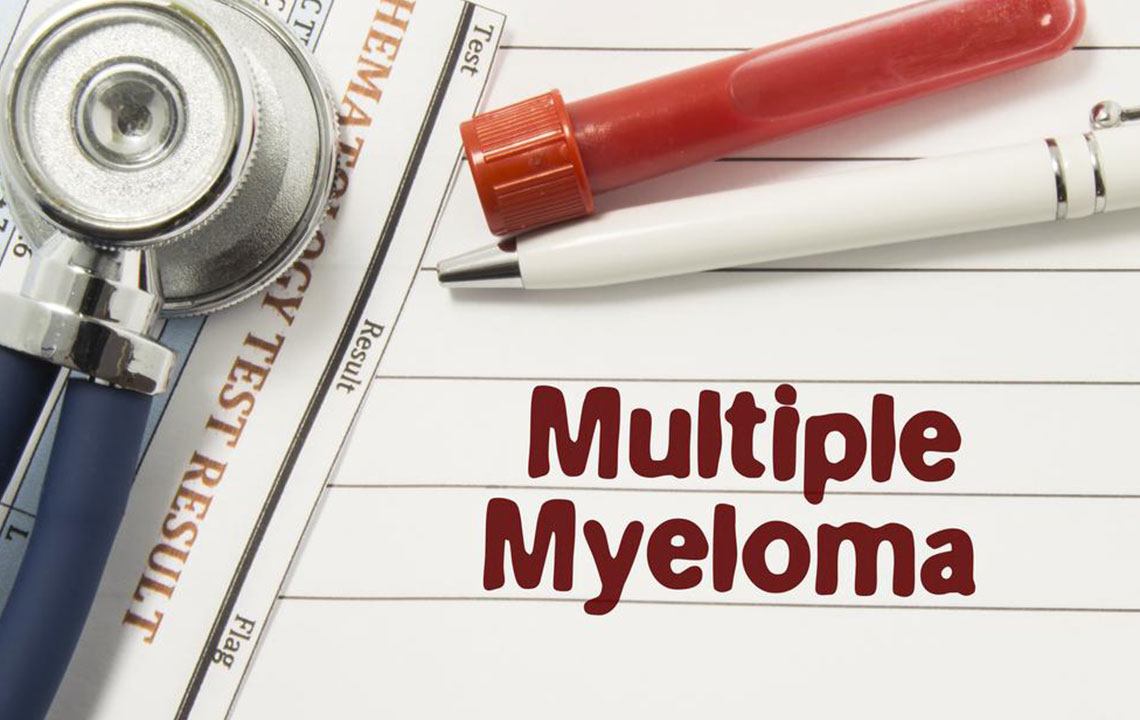Innovative Strategies for Managing Multiple Myeloma
Discover comprehensive strategies to manage multiple myeloma, including medical treatments, supportive therapies, and lifestyle considerations. This overview highlights key aspects of the disease and effective management options to improve patient outcomes and quality of life.

Strategies for Managing Multiple Myeloma
What is multiple myeloma?
The root cause of multiple myeloma is the abnormal growth of plasma cells in the bone marrow, which can lead to cancer. These malignant cells can spread and damage various parts of the body.
Under normal circumstances, plasma cells help boost the immune system by fighting infections. They originate from B lymphocytes, which are crucial for immune defense. When these cells become cancerous, they develop into tumors called plasmacytomas. Multiple myeloma occurs when there are multiple such tumors present.
When infection or other factors cause plasma cells to go rogue, they create tumors known as plasmacytomas. Multiple myeloma is diagnosed when numerous plasmacytomas develop.
How is multiple myeloma managed?
Various treatment options are available to combat this disease. These include:
Chemotherapy and targeted drug therapy
Administration of bisphosphonates — These drugs help maintain bone strength by preventing bone degradation caused by cancer cells.
Radiation therapy for localized tumor control
Surgical procedures as needed
Stem cell transplantation — This involves destroying diseased cells with chemotherapy or radiation and replacing them with healthy stem cells to rebuild the blood supply.
Plasmapheresis — A procedure to remove excess abnormal proteins from the blood, which can cause increased blood viscosity and circulation issues.
Always consult your healthcare provider to determine the most suitable treatment plan. Insurance policies often recommend obtaining a second opinion before proceeding.
Complementary and Alternative Options
Some additional therapies may assist in managing symptoms or improving well-being. These include:
Acupuncture
Massage therapy
Specialized diets
Herbal remedies
Vitamins and supplements
Complementary treatments can be used alongside conventional therapies under medical supervision, whereas alternative methods are undertaken independently. Always discuss any alternative or complementary approach with your treatment team to avoid adverse effects.
Key Features of Multiple Myeloma
Low blood cell counts — Overgrowth of malignant plasma cells crowds out healthy blood cells, decreasing red and white blood cells and platelets, leading to anemia, increased infection risk, and bleeding issues.
Other symptoms include bone pain, calcium imbalance, infections, kidney dysfunction, and monoclonal gammopathy.










